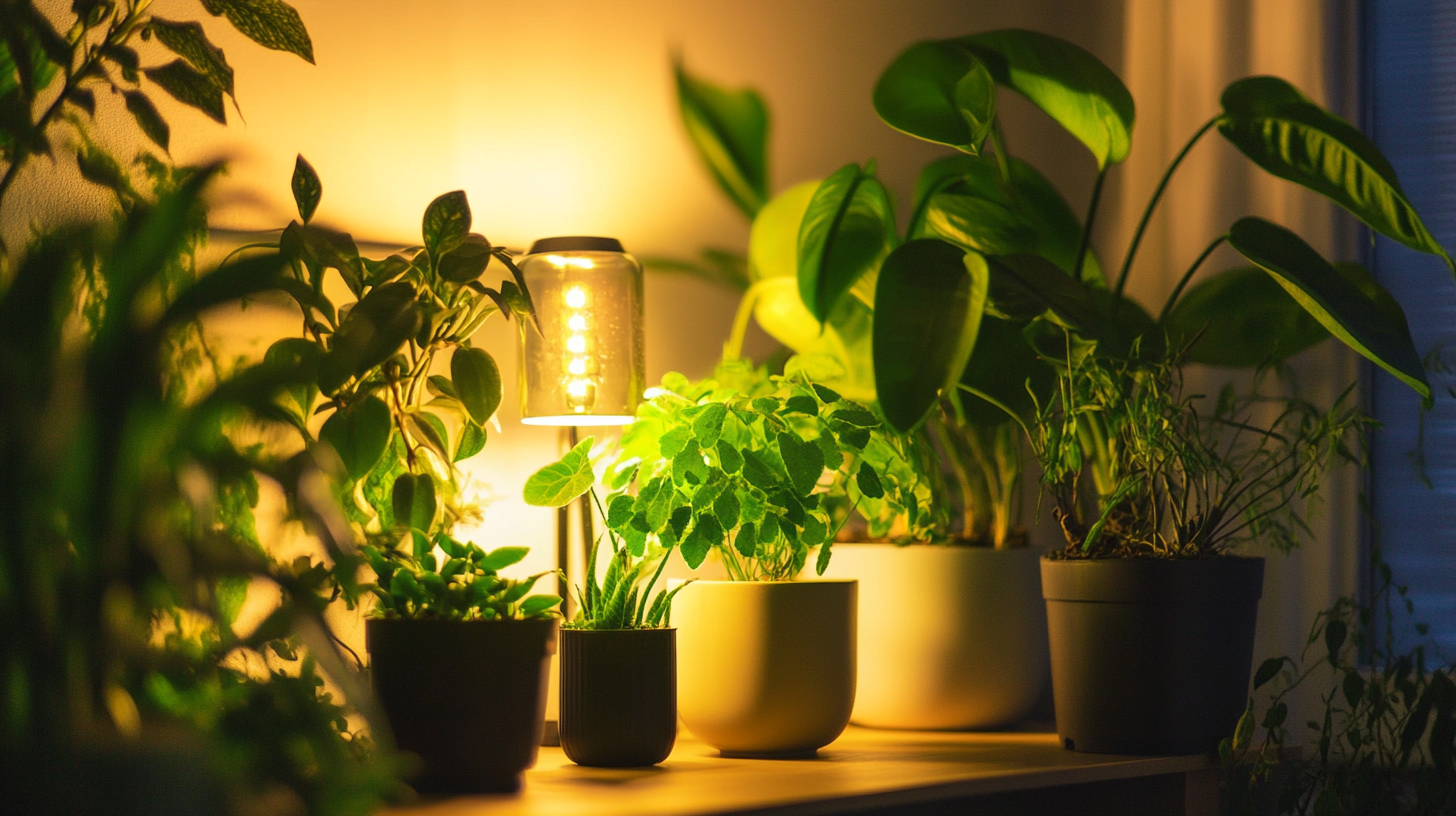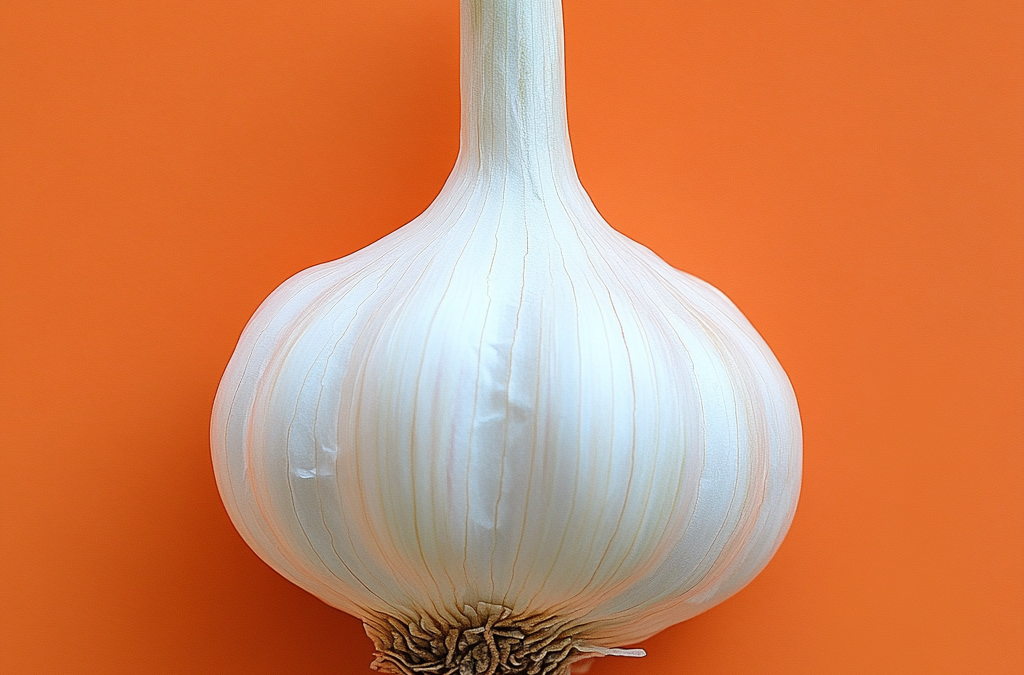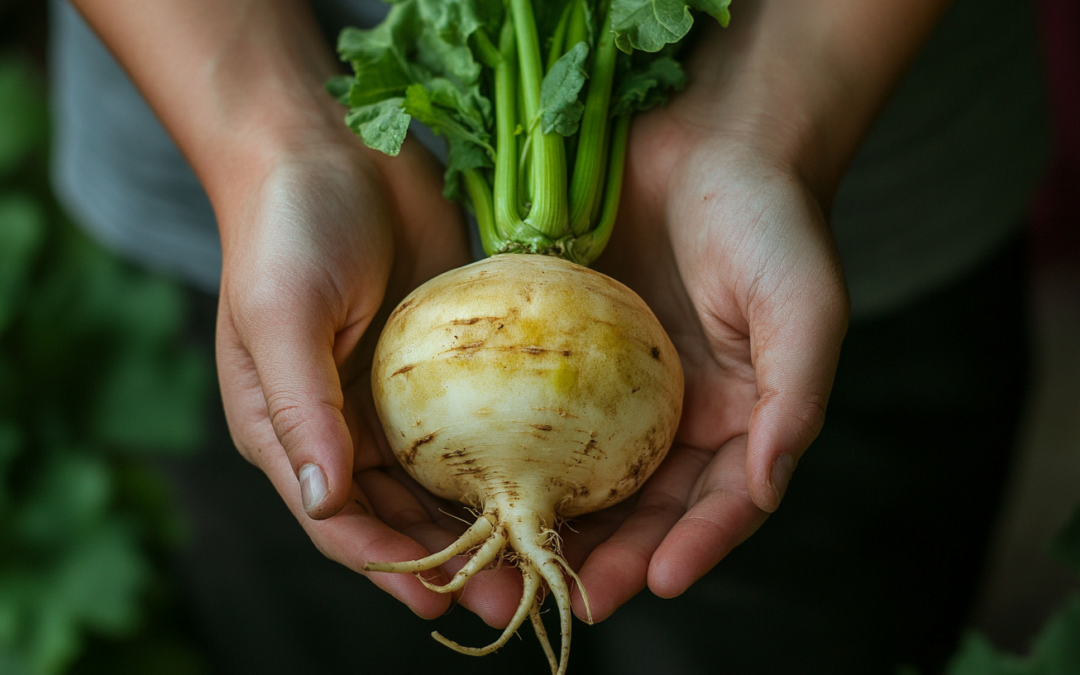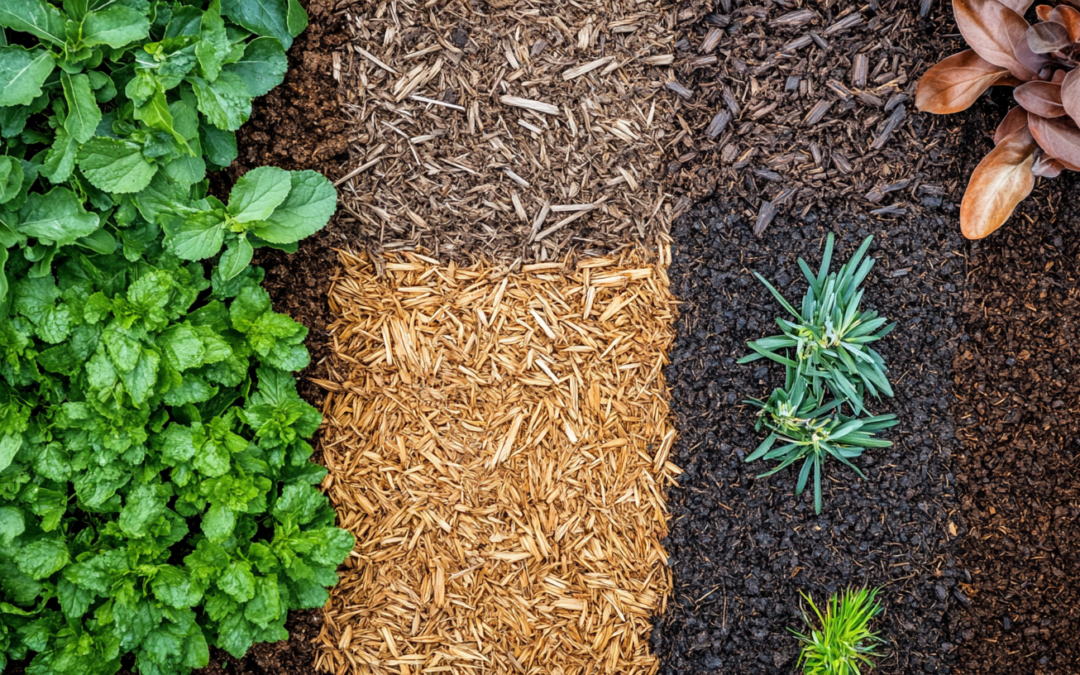When it comes to plant care, one of the most important factors in ensuring your plants thrive is understanding their light needs. Light is a plant’s primary source of energy, so providing the right type of light is crucial for their health. But what do terms like “bright light,” “indirect light,” and “low light” really mean? In this post, we’ll break down these common light requirements and help you figure out what your plants need to flourish.
What is Bright Light?
Bright light refers to an area where plants receive plenty of direct sunlight for several hours a day. This is the ideal condition for many sun-loving plants, such as succulents, cacti, and some tropical species. Bright light typically occurs near south- or west-facing windows where the sun shines most of the day. If you notice that your plants’ leaves are reaching toward the window or turning a lighter green, they may be craving more light.
Signs your plant needs bright light:
- Stretched or leggy growth (plants growing tall with long spaces between leaves)
- Slow growth or lack of new leaves
- Pale or yellowing leaves
How to provide bright light:
- Place your plants near a south-facing window or a bright, sunny spot.
- Consider using sheer curtains to diffuse the light if it’s too harsh.
- Use a grow light if natural light is limited.
What is Indirect Light?
Indirect light refers to light that doesn’t come directly from the sun but is still bright enough for plants to photosynthesize. This type of light is ideal for many houseplants, such as ferns, peace lilies, and pothos. Indirect light occurs when the sun’s rays are filtered through a sheer curtain or when plants are placed a few feet away from a window.
Signs your plant needs indirect light:
- Healthy, compact growth
- Vibrant, deep green leaves
- No signs of leaf burn or scorching
How to provide indirect light:
- Place your plants a few feet away from a window or in a spot where they receive filtered sunlight (e.g., behind sheer curtains).
- Avoid placing plants directly in the path of the sun, as this can lead to sunburn or dried-out leaves.
What is Low Light?
Low light is often misunderstood, but it simply refers to areas where there is minimal natural light. This doesn’t mean your plant will thrive in complete darkness, but rather in spaces with only a small amount of light, like north-facing windows or rooms with limited sunlight. Low-light plants, such as snake plants, ZZ plants, and pothos, are well-suited for these conditions and can tolerate lower levels of light without showing signs of stress.
Signs your plant needs low light:
- Slow or minimal growth
- Smaller leaves or fewer new leaves
- Leaves turning yellow or brown (due to stress from too much light)
How to provide low light:
- Place your plants in areas with minimal direct sunlight, such as north-facing rooms or corners away from windows.
- Use artificial lighting, like LED grow lights, to supplement natural light in darker spaces.
How to Assess Your Home’s Light Levels
Not sure what kind of light your space offers? Here are a few tips to help you assess the light in your home:
- Check the direction of the windows: South-facing windows get the most light, while north-facing windows receive the least.
- Observe the intensity: If the sunlight feels warm and direct, it’s bright light. If it’s soft and diffused, it’s indirect light.
- Watch for plant behavior: If your plant is growing towards the window or its leaves are scorched, it may need more or less light.
Understanding your plant’s light requirements is key to helping it thrive. Bright light, indirect light, and low light all serve different plant needs, and knowing which type your plant prefers will keep it healthy and happy. Keep in mind that light conditions can change with the seasons, so be sure to adjust your plant’s placement accordingly. With the right light, your plants will grow strong, healthy, and beautiful!



